In theory, the West’s supply of long-range weapons would help Ukraine disrupt Russian military operations by forcing Moscow to disperse its forces to defend key military sites. But what if Russia is willing to accept losses without changing its plans?
On October 17, Ukraine used US-made long-range ATACMS missiles to attack airports in eastern Ukraine, destroying 14 helicopters, including modern and expensive Ka-52 attack helicopters.
One question that arises is why Russia placed helicopters within range of ATACMS, even though Russia knew that Ukraine had received these weapons.
Facing weapons from the West
“Although the ATACMS transfer to Ukraine has been widely reported, I think that if we had informed the Russians of the exact date, time and location of the initial attack, they would still not have moved those helicopters,” said Michael Kofman, a senior fellow at the Carnegie Endowment.
According to him , "Russia's approach is to first deal with the problem, they are willing to accept losses and then start looking for ways to adapt instead of taking preventive and containment measures."
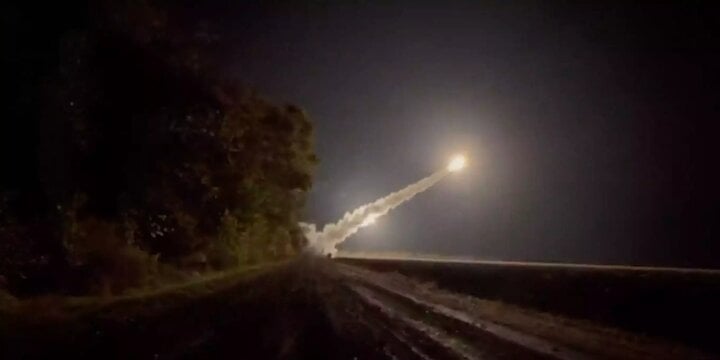
Image of the ATACMS missile launch by the Ukrainian army.
Mr. Kofman said that Russian airports were attacked by the Ukrainian version of ATACMS cluster munitions, a weapon with a range of only about 160 km but designed to "destroy enemy manpower, equipment and critical infrastructure."
Russian fighters played a secondary role in the conflict, operating largely outside the reach of Ukrainian air defenses, leaving Russian attack helicopters to provide close air support for ground forces.
Ukraine used several brigades equipped with Western-supplied armored vehicles to launch a counteroffensive in early June. However, Ukrainian armored vehicles were trapped in minefields and out of the cover of air defense systems, making them easy targets for Russian helicopters.
According to Mr. Kofman and other observers, helicopter bases are “one of the most obvious targets” for Ukrainian ATACMS attacks.
The Russian bases in Berdyansk and Lugansk are well known for their walls and helicopters scattered on the ground. They are home to Ka-52 and Mi-28 helicopters, which have caused major problems for Ukrainian forces, Kofman said.
Russia's solution
This is not the first time Russian forces in Ukraine have been attacked by Western-supplied weapons. US-made Javelin anti-tank missiles and Anglo-Swedish designed NLAW anti-tank missiles destroyed many Russian armored vehicles in the early stages of the conflict.
In the summer of 2022, Ukraine received US HIMARS missiles, which also destroyed Russian ammunition depots and several command posts. British Storm Shadow cruise missiles also destroyed important bridges connecting to Crimea and valuable military assets on the peninsula.
But despite the initial acclaim and effectiveness, these weapons quickly lost their luster. Russia figured out how to jam GPS-guided missiles like HIMARS and moved its arsenals further away from the front lines, out of range of missiles fired from Ukraine, although this had a significant impact on logistics.
The real issue is not military technology, which is very difficult to avoid being neutralized or copied by the enemy, but rather adaptability or the ability to react to intelligence about the emergence of a new weapon or to change tactics to deal with that weapon on the battlefield.
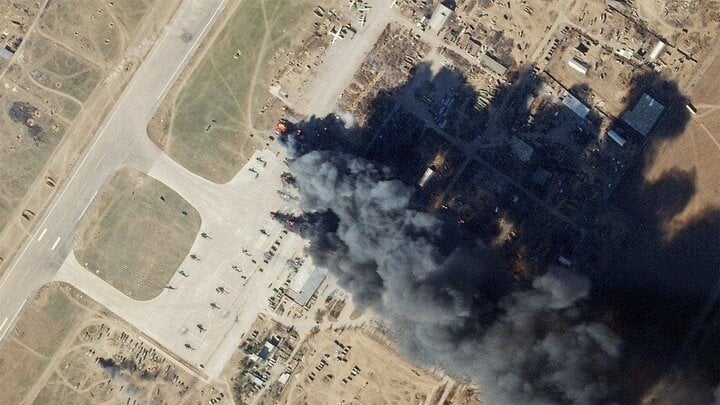
Russian airport attacked by Ukraine.
A prime example was the Israel Defense Forces during the Yom Kippur War in October 1973. In the first days of the conflict, Egyptian troops, armed with Russian-made Sagger anti-tank missiles and RPG-7 anti-tank missiles, inflicted heavy losses on Israeli tanks. But within a week, Israel adopted combined arms tactics, coordinating tanks, infantry, and artillery, making Israeli tanks more effective.
Regarding the attack on Russian helicopter bases in October, there were many warnings about ATACMS and other Western-aided weapons in Ukraine’s hands. However, Russia did not protect its important attack helicopters by moving them to bases away from the front line, but instead left them parked in the open at vulnerable airfields.
Le Hung (Business Insider)
Source


![[Photo] Hanoi morning of October 1: Prolonged flooding, people wade to work](https://vphoto.vietnam.vn/thumb/1200x675/vietnam/resource/IMAGE/2025/10/1/189be28938e3493fa26b2938efa2059e)
![[Photo] Keep your warehouse safe in all situations](https://vphoto.vietnam.vn/thumb/1200x675/vietnam/resource/IMAGE/2025/10/1/3eb4eceafe68497989865e7faa4e4d0e)



![[Photo] President of the Cuban National Assembly visits President Ho Chi Minh's Mausoleum](https://vphoto.vietnam.vn/thumb/1200x675/vietnam/resource/IMAGE/2025/10/1/39f1142310fc4dae9e3de4fcc9ac2ed0)
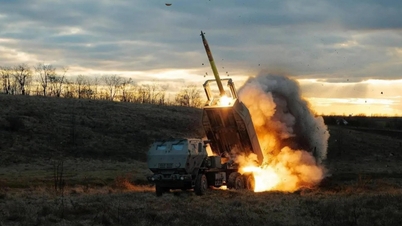





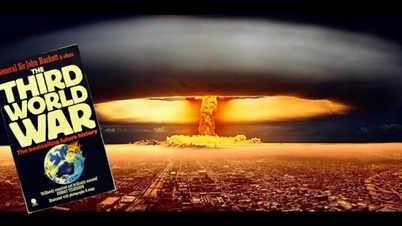
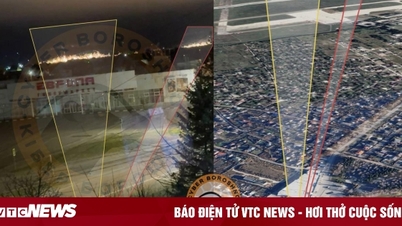





















































































Comment (0)